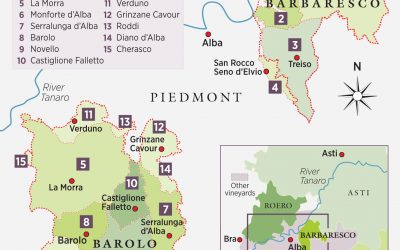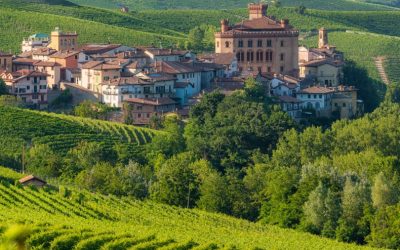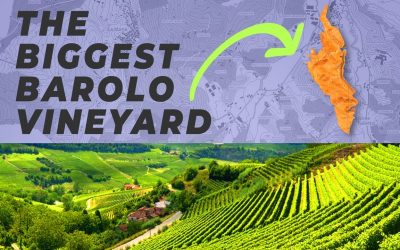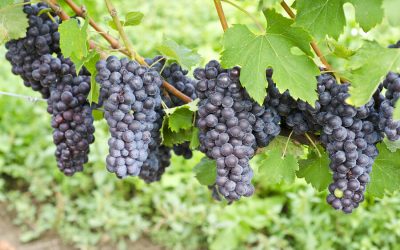The Magic of Nebbiolo Grapes: Understanding the Core of Barolo Wines
Nebbiolo grapes, the sole variety used in the production of Barolo wine, are a testament to the exquisite harmony of nature and human ingenuity. Known for their thick skins, high tannins, and late-ripening characteristics, Nebbiolo grapes are what give Barolo its distinctive complexity and longevity. This article delves into the world of Nebbiolo grapes, exploring their unique features and the critical role they play in crafting the ‘King of Wines.
The Magic of Nebbiolo Grapes
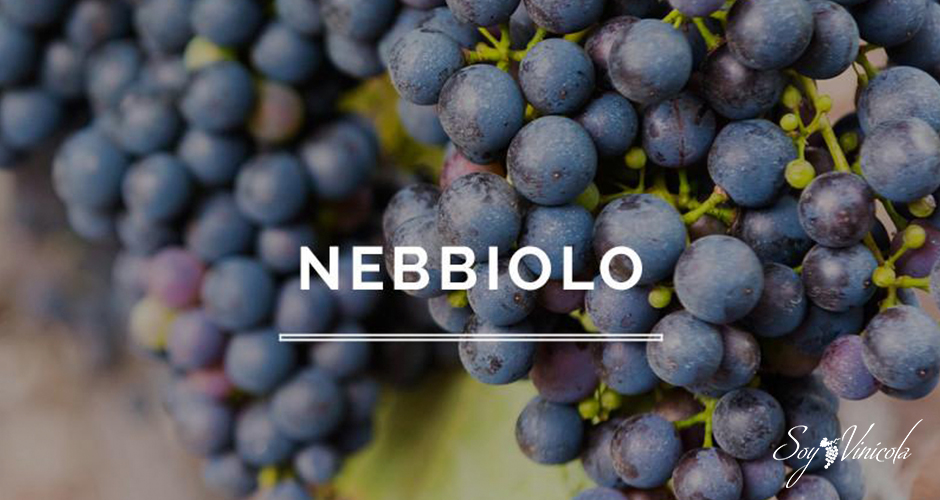
🍇 Nebbiolo grapes are the sole variety used in crafting Barolo wines. Known for their thick skins, high tannins, and late ripening nature, they contribute to the rich, complex profile and aging potential of Barolo. The unique terroir of Piedmont, Italy provides the perfect conditions for these grapes to thrive, resulting in a wine that stands unparalleled in its richness and complexity.
| 🍇 Characteristics of Nebbiolo Grapes | 🌄 Role of Piedmont’s Terroir | 🍷 Impact on Barolo Wine |
|---|---|---|
| Known for thick skins, high tannins, and late ripening | The limestone-rich soils and specific microclimate enhance the grape’s signature characteristics | Contributes to the rich, complex profile and long aging potential of Barolo |
| Demanding nature requires specific soil types and balance between sunshine and cool temperatures | Hillside planting captures the most sunlight, assisting in ripening; cool autumn nights help preserve natural acidity | Allows Barolo to uphold its status as the ‘King of Wines’ |
| Late ripening preserves acidity, providing structure and potential for aging | Adds depth, complexity and robust tannin structure to the wine |
What are the characteristics of Nebbiolo?
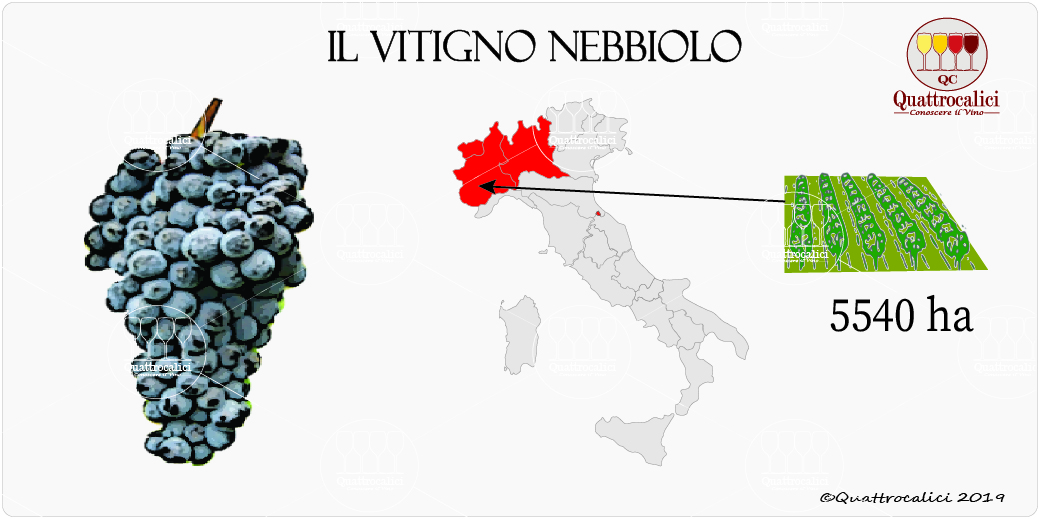
Nebbiolo is an Italian red wine grape variety predominantly associated with its native Piedmont region, where it makes the well-known wines of Barolo, Barbaresco, Roero, Gattinara, and Ghemme. Nebbiolo is known for its distinctive characteristics, both in the vineyard and the glass.
- Late Ripening: Nebbiolo is one of the first varieties to bud and the last to ripen, with harvests typically in mid to late October. The long growing season contributes to the depth of flavor and high acidity of the resulting wine.
- Climate and Soil Requirements: The grape requires a careful balance of sunlight and temperature. It thrives in calcareous-marly soils and needs an ample amount of sunlight to achieve full ripeness.
- Distinctive Flavors and Aromas: Nebbiolo wines are noted for their strong tannins, high acidity, and distinctive scent – often described as “tar and roses”. Aged Nebbiolo can have flavors of dried fruit, leather, anise, and other spices.
- Aging Potential: Because of their high tannins and acidity, Nebbiolo wines can be very austere in youth. However, they can age beautifully, with top-quality bottles aging for decades.
- Color: Despite their powerful flavor, Nebbiolo wines are notably light in color, often a clear, brick-red that can turn tawny with age.
- Viticulture Challenges: Nebbiolo is notoriously picky about where it grows, requiring just the right hillside exposure and a very particular soil type.
In the hands of a skilled winemaker, Nebbiolo can produce sublime wines with depth, complexity, and longevity. It truly is one of the crown jewels of Italian viticulture.
The Unique Traits of Nebbiolo Grapes
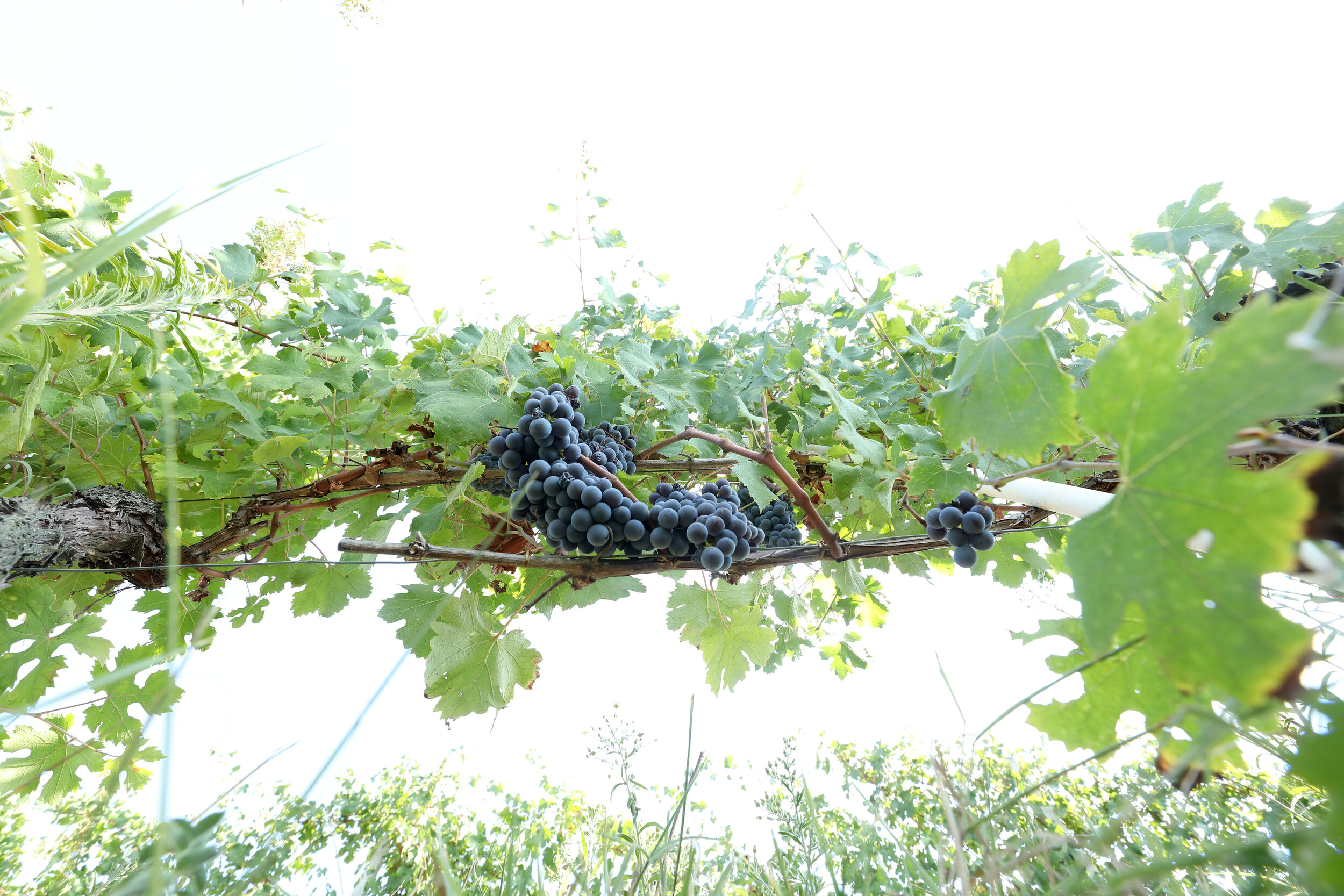
The Nebbiolo grape is among the oldest and most esteemed wine grape varieties. Despite its demanding nature – requiring specific soil types and a balance between sunshine and cool temperatures – Nebbiolo grapes have found their perfect home in the foggy hills of Piedmont, Italy. The result is a grape that offers incredible complexity and depth, high in both tannin and acidity, attributes that lend Barolo its long aging potential and rich, layered palate.
Why Nebbiolo Grapes are Perfect for Barolo
Barolo’s production rules require that the wine is made 100% from Nebbiolo grapes. Nebbiolo’s unique combination of high tannin and high acidity, along with its alluring aromatics, make it the ideal variety for Barolo. The late-ripening characteristic ensures the preservation of acidity, providing the wine with structure and the potential for aging. Nebbiolo’s thick skins contribute to the robust tannin structure, color, and complexity in the wine.
Wine Grapes 101: NEBBIOLO (the Grape Behind Barolo & Barbaresco)
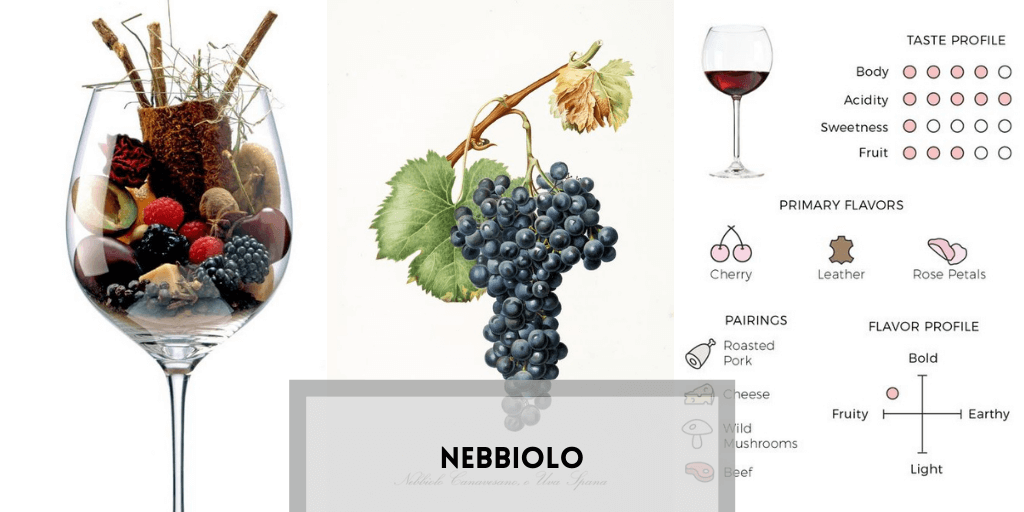
What is the main grape in Barolo?
The main grape used in Barolo wine is Nebbiolo. In fact, according to the Italian wine regulations, Barolo must be made 100% from Nebbiolo grapes grown within the designated Barolo production zones in the Piedmont region. This grape variety is renowned for its robust tannins, high acidity, and complex aromas, which contribute to Barolo’s distinctive character and high aging potential.🍇
The Impact of Terroir on Nebbiolo Grapes
Terroir is a French term that encapsulates the environmental factors – including climate, soil, and topography – that affect a grape’s character. In the case of Nebbiolo grapes, the limestone-rich soils and specific microclimate of Piedmont’s Langhe hills contribute to the grape’s signature characteristics. The vines’ hillside planting captures the most sunlight, assisting in the ripening process, while the area’s cool autumn nights help preserve the grape’s natural acidity.
The Art of Harvesting Nebbiolo Grapes
The harvesting of Nebbiolo grapes is a meticulous process. As a late-ripening variety, the harvest typically occurs in late October, when the balance between sugar and acidity levels is optimal. Winemakers carefully monitor the vines, ensuring the grapes are picked at the perfect time to capture their signature high acidity and tannins. This attentiveness and respect for the rhythm of nature is what enables the creation of Barolo’s bold and complex profile.
Conclusion
The Nebbiolo grape, with its unique traits and connection to the Piedmont terroir, is the heart and soul of Barolo wine. Its late ripening nature, thick skins, and high tannin and acidity levels all contribute to the magic that is Barolo. It’s a testament to the beauty that can emerge when the whims of nature align with the dedication and respect of those who tend the vineyards.
